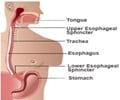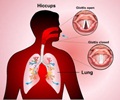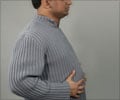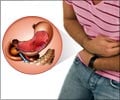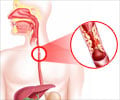Diagnosis
The majority of the patients will recover with the help of prescribed antacids. A small percentage of GERD sufferers may require diagnostic tests to evaluate the underlying problem.
Some of the diagnostic tests for GERD includes the following-
- Upper endoscopy, also called esophagogastroduodenoscopy, allows the examination of the inner part of the esophagus, stomach and duodenum of the patient. It is carried out when more aggressive symptoms are present such as anemia, weight loss, dysphagia, blood in the stool, wheezing or voice change. It is carried out with the help of a pencil thin, lighted tube called the endoscope that is passed via the mouth into the stomach. Local aneasthesia is used to avoid any choking sensation. A biopsy may also be carried out during this procedure. It usally takes only 5 to 10 minutes to perform.
- 24-hour Esophageal PH Monitor Examination is done to evaluate the amount of acid that refluxes into the esophagus. It is carried out with the help of a small tube fitted with a sensor and is the most sensitive test for diagnosing GERD. This test is useful for those who demonstrate GERD symptoms despite acid-suppressive therapy, but whose endoscopy is normal. The test requires a small probe to be passed into the lower end of the esophagus and may require overnight or 24 hour admission.
- Barium X-rays are carried out with the patient being asked to swallow a liquid containing barium that is radio-opaque and shows up on the x-rays. It may show abnormalities along the walls of the esophagus and stomach. This is not a very efficient evaluation and may be used as a complementary test, along with more sensitive ones. It is sometimes used when a long narrowing exists in the esophagus to measure its length.
- Esophageal Manometry is a technique that is employed to record the muscular pressure in the esophagus and stomach. This too, has limited use. but if a GERD patient has difficulty in swallowing food then this test can be employed.



